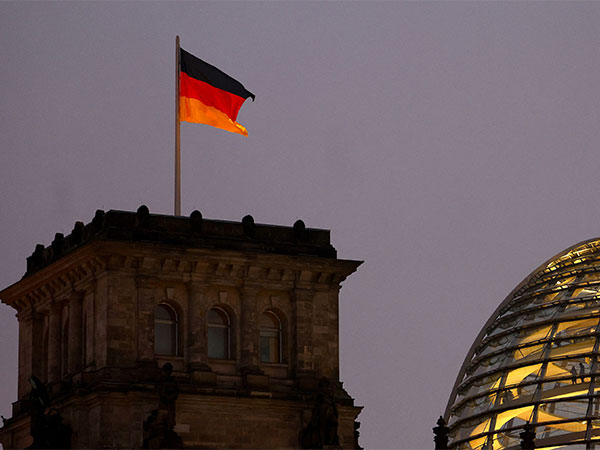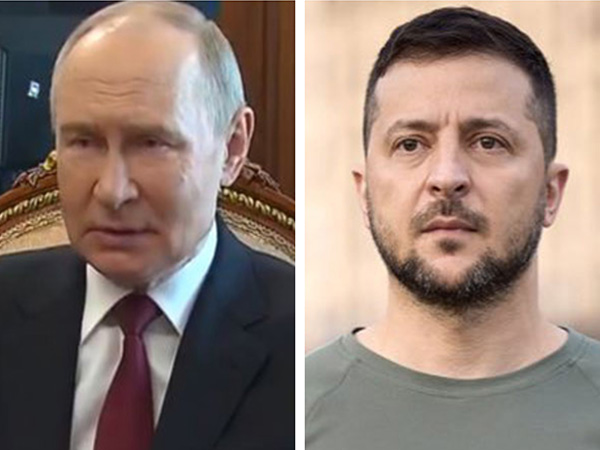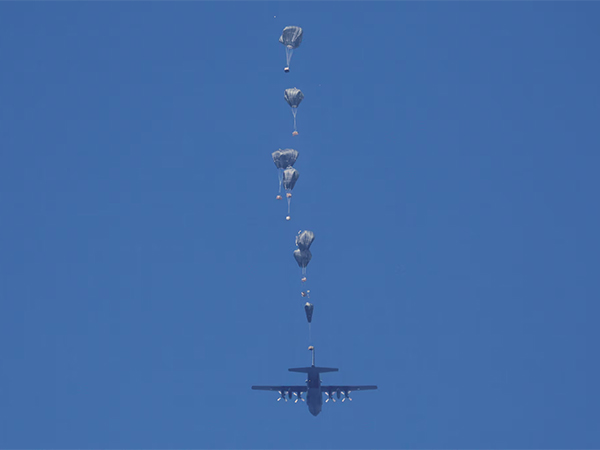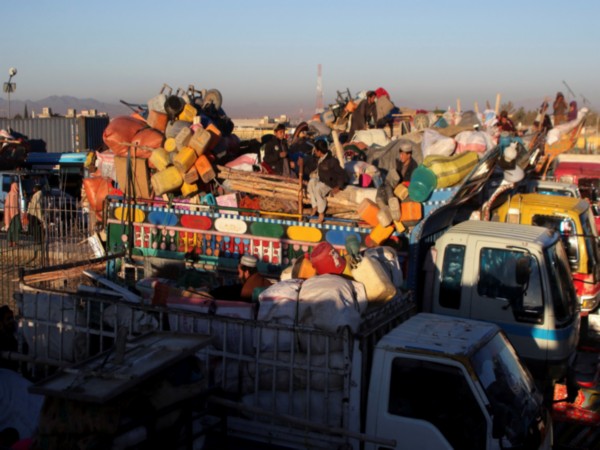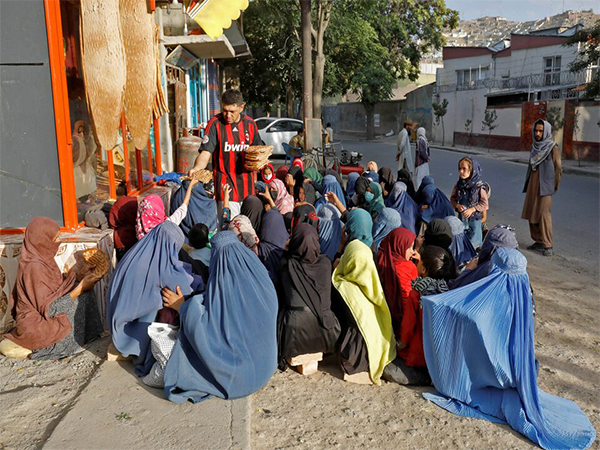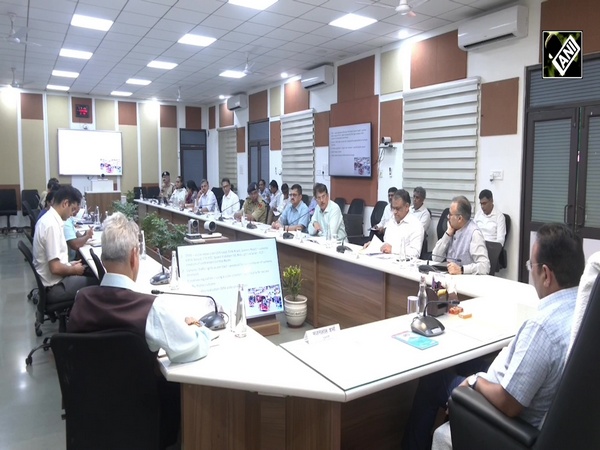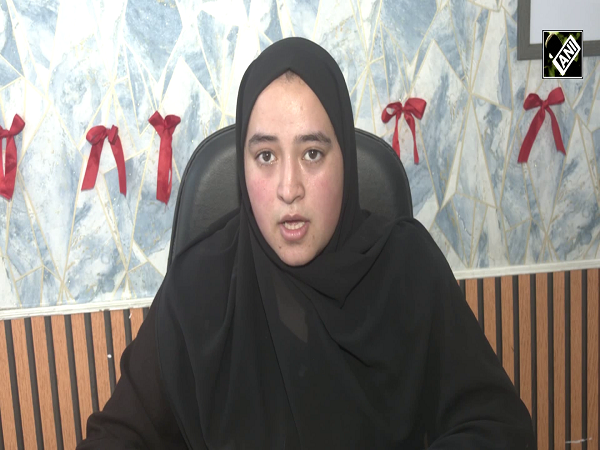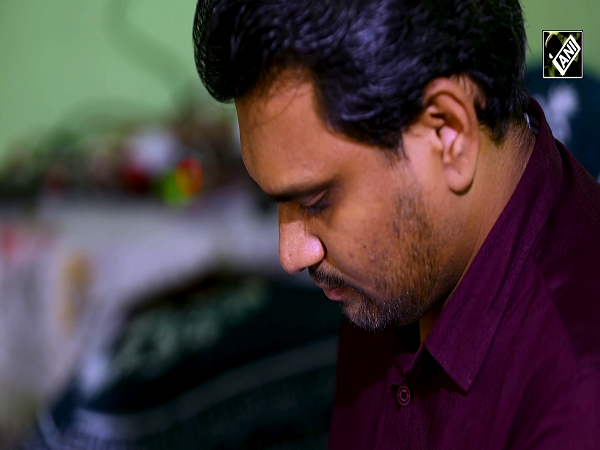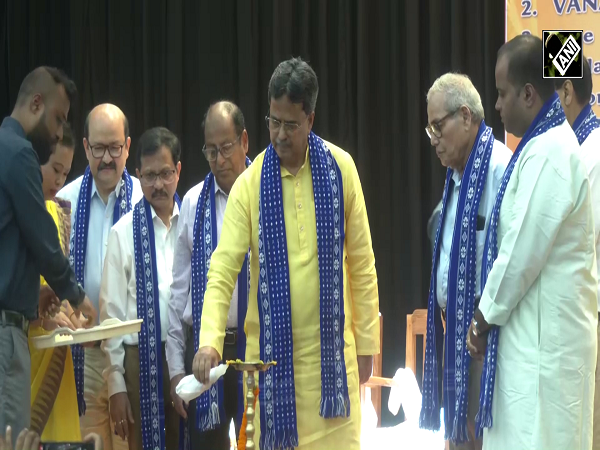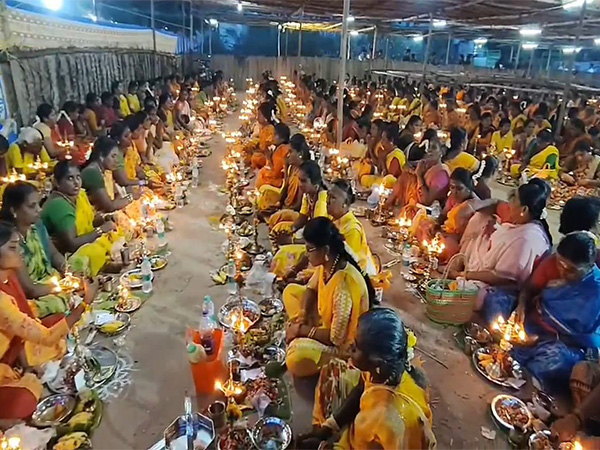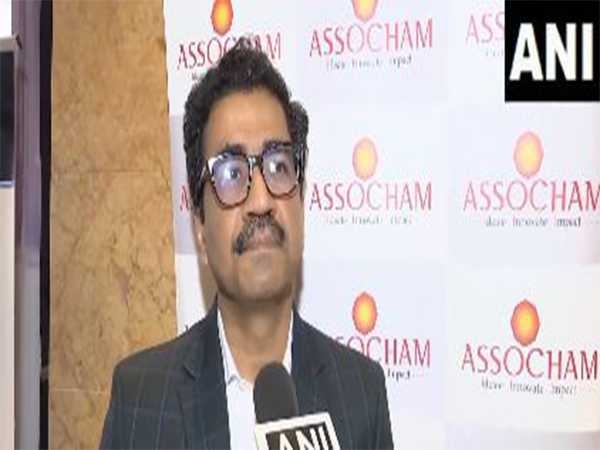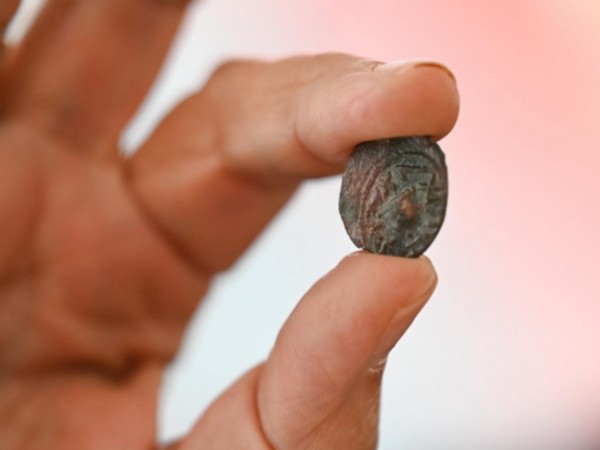
Rare 'redemption of Zion' coin unearthed near temple mount
Aug 01, 2025
Tel Aviv [Israel], August 1 (ANI/TPS): A rare bronze coin bearing the inscription "For the Redemption of Zion" has been discovered during archaeological excavations near Jerusalem's Temple Mount, shedding new light on the final days before the destruction of the Second Temple, the Israel Antiquities Authority announced on Thursday.
"The coin that was found - 'For the Redemption of Zion' - truly expresses the longing throughout the generations for redemption, for revival, for a free Jerusalem," said Israeli Minister of Heritage Rabbi Amichai Eliyahu. "Two thousand years later, we are privileged to discover this evidence in excavations in Jerusalem; another moving testimony that our roots here run so deep, they cannot be uprooted."
The announcement came ahead of Tisha B'Av, which commemorates the destruction of the First and Second Temples, and other tragedies which occurred on the ninth day of the Hebrew month of Av. The holiday begins at sundown on Saturday. Traditional customs of mourning apply during the day, most notably fasting from sundown to sundown and reading the Book of Lamentations.
Minted during the fourth and final year of the Great Revolt against the Romans, the coin was uncovered in an archaeological garden by the southwestern edge of the Temple Mount.
"This was an unexpected gift," said Antiquities Authority archaeologist Esther Rakow-Mellet, the excavation's co-director. "Yaniv David Levy, our coin researcher, came here and, to his great surprise, found a coin, covered in dirt. Already then, we thought from the looks of it that it might be a rare coin. We waited anxiously for several days until it came back from cleaning, and it turned out that it was a greeting from the Jewish rebels in the Year Four of the Great Revolt."
The coin, remarkably well preserved, dates from between the Hebrew month of Nissan in 69 CE and Adar in 70 CE. Its obverse side displays a goblet with an inscription in ancient Hebrew, "For the Redemption of Zion." The reverse depicts a palm frond flanked by two etrogim (citrons), ritual objects used during the Sukkot festival.
Also inscribed on the coin were the words, "Year Four."
According to Levy, a curator in the Antiquities Authority's coin department, the coin reflects a distinct shift in tone. "The 'Year Four' bronze coins differ from their predecessors," he explained. "Their size and weight increased significantly, and the earlier rebel coin inscription, 'For the Freedom of Zion', is replaced by a new inscription - 'For the Redemption of Zion'."
Excavation director Yuval Baruch, who has studied the site for over 25 years, believes this shift in wording mirrors the changing psyche of the rebels.
"The inscription on the coin - 'For the Redemption of Zion', replacing the earlier 'For the Liberation of Zion' - indicates a profound change of identity and mindset, and perhaps also reflects the desperate situation of the rebel forces about six months before the fall of Jerusalem," Baruch said. "It would seem that in the rebellion's fourth year, the mood of the rebels now besieged in Jerusalem changed from euphoria and anticipation of freedom at hand, to a dispirited mood and a yearning for redemption."
The coin will be displayed to the public in Jerusalem. (ANI/TPS)
